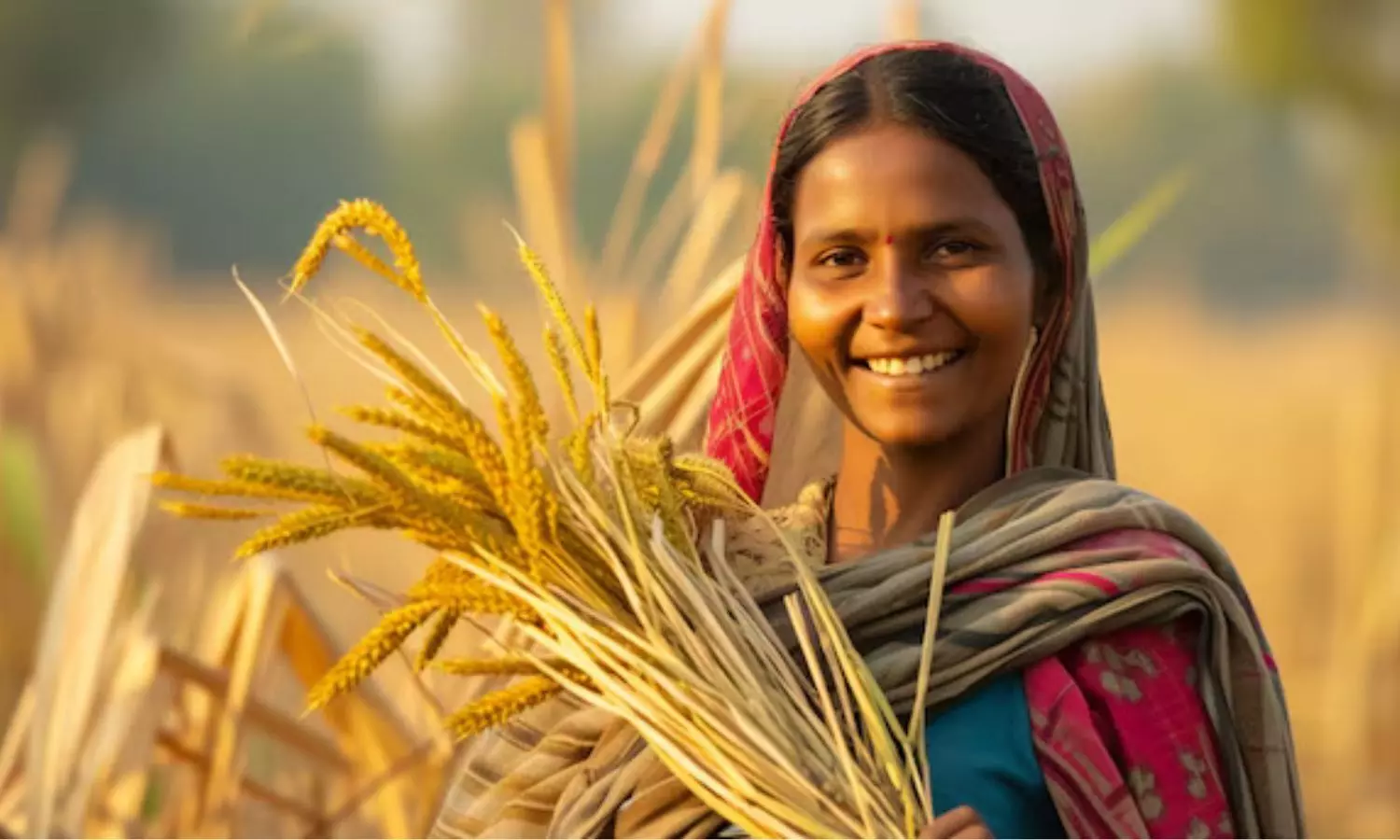Rural Households See Income Growth and Improved Financial Access, But Debt Rises: Survey
A survey by NABARD showed that rural households earned 57.6% more money each month over the last five years.
The survey also noted the effectiveness of the Kisan Credit Card (KCC) in enhancing financial inclusion for rural farmers.

A recent survey by NABARD showed that rural households earned 57.6% more money each month over the last five years.
The 'All India Rural Financial Inclusion Survey (NAFIS) 2021-22' found that their average income went up from Rs 8,059 in 2016-17 to Rs 12,698 in 2021-22. This means they had an average yearly increase of 9.5%.
The survey also highlighted a notable increase in financial savings, with the average household saving Rs 13,209 annually in 2021-22, compared to Rs 9,104 five years prior.
The proportion of households saving rose significantly from 50.6% in 2016-17 to 66% in 2021-22.
The survey found that more households had debt, which rose from 47.4% to 52%. On the positive side, insurance coverage increased significantly.
The percentage of households with at least one insured member grew from 25.5% in 2016-17 to 80.3% in 2021-22. It shows better access to financial services after COVID-19.
The survey, which looked at 100,000 rural households, found that average monthly spending increased from Rs 6,646 in 2016-17 to Rs 11,262 in 2021-22.
Additionally, the share of food in total spending dropped from 51% to 47%, showing a shift towards other needs.
Furthermore, reliance on institutional loans increased, with 75.5% of agricultural households borrowing from institutional sources in 2021-22, compared to 60.5% in 2016-17.
Conversely, non-institutional borrowing among agricultural households fell from 30.3% to 23.4%.
The survey also noted the effectiveness of the Kisan Credit Card (KCC) in enhancing financial inclusion for rural farmers.
Pension coverage rose from 18.9% to 23.5% of households.
Other significant findings included improved financial literacy and better financial behavior among respondents, although the average size of landholding decreased from 1.08 hectares to 0.74 hectares over the five-year period.

